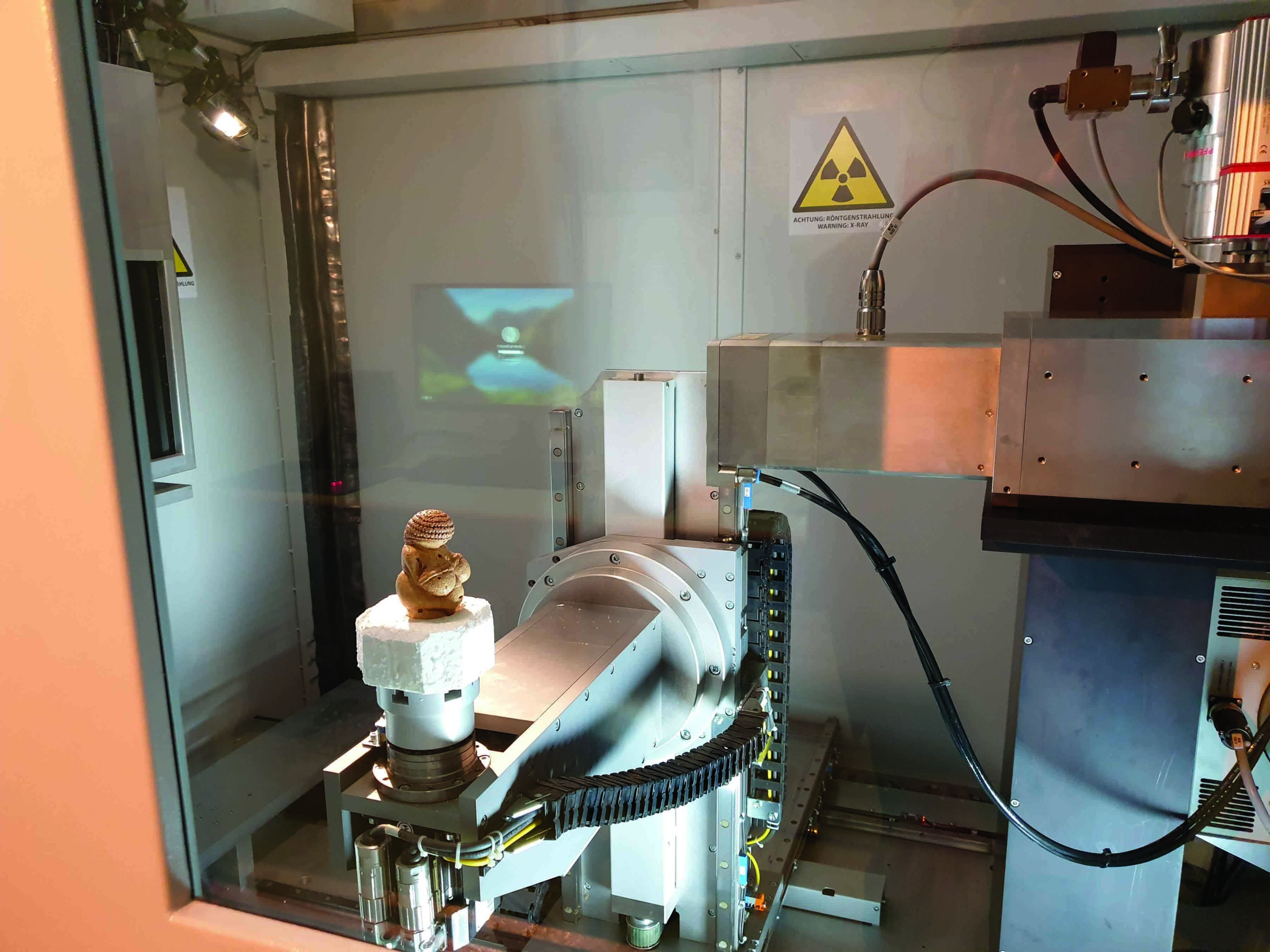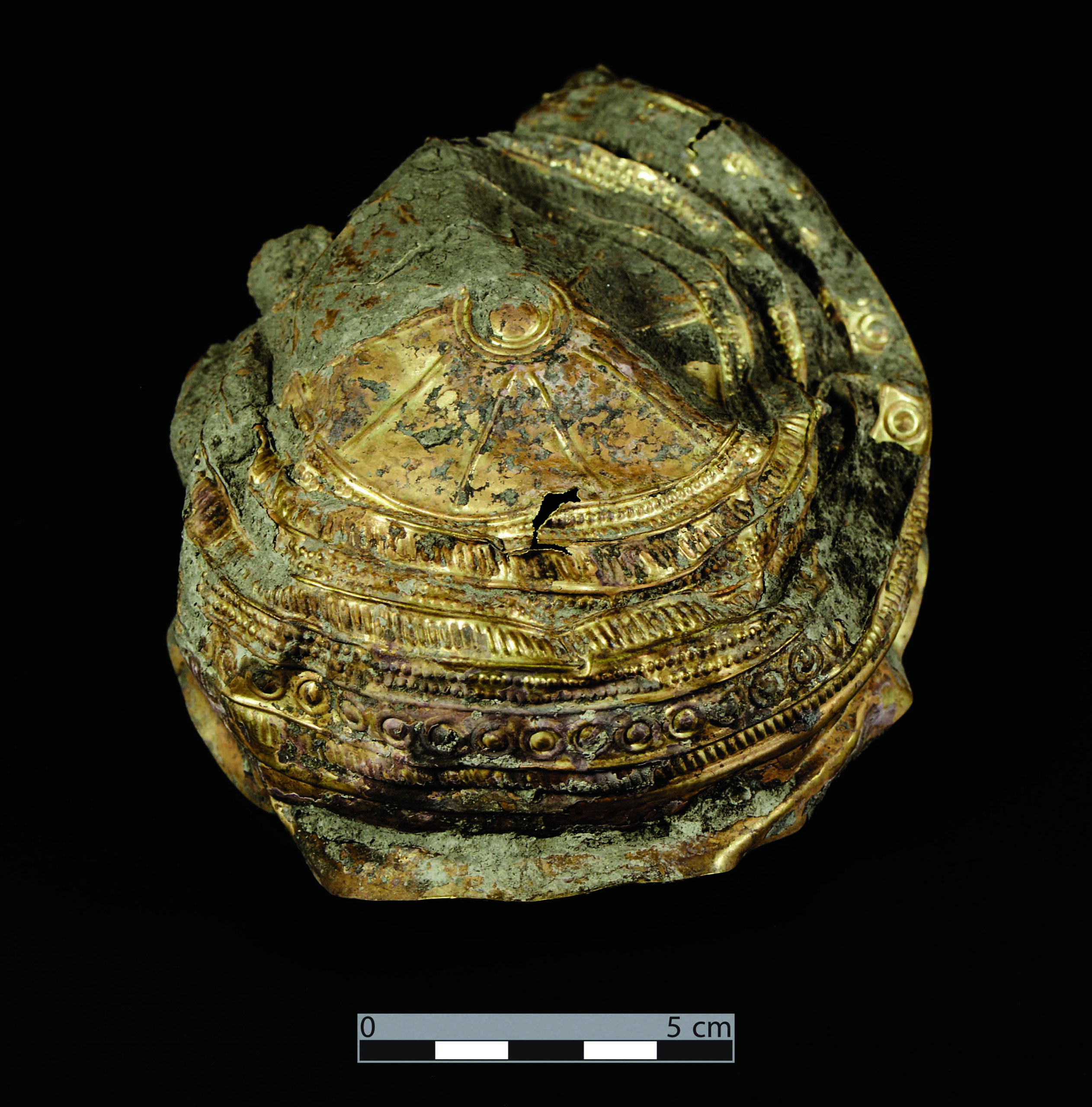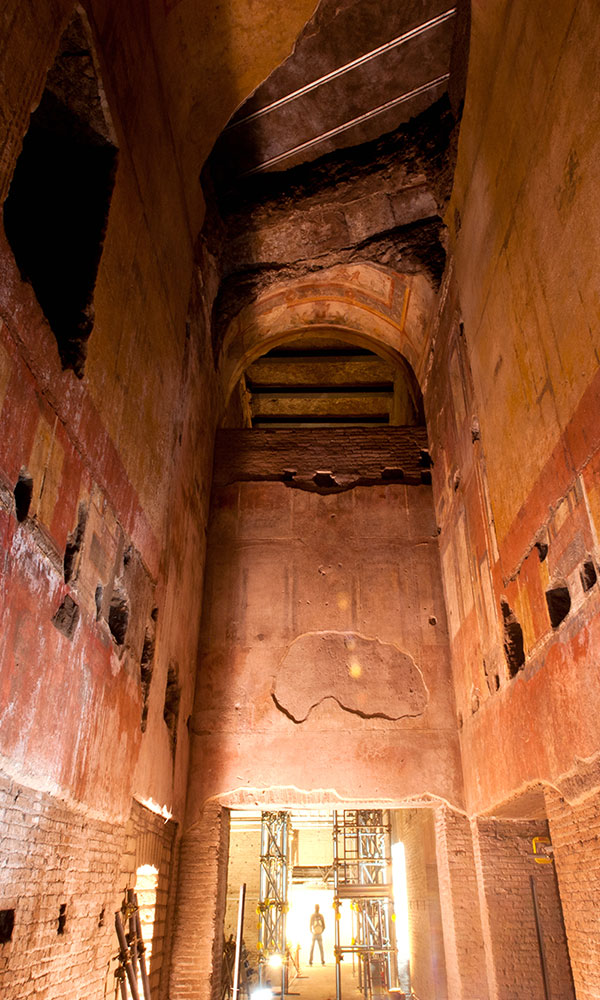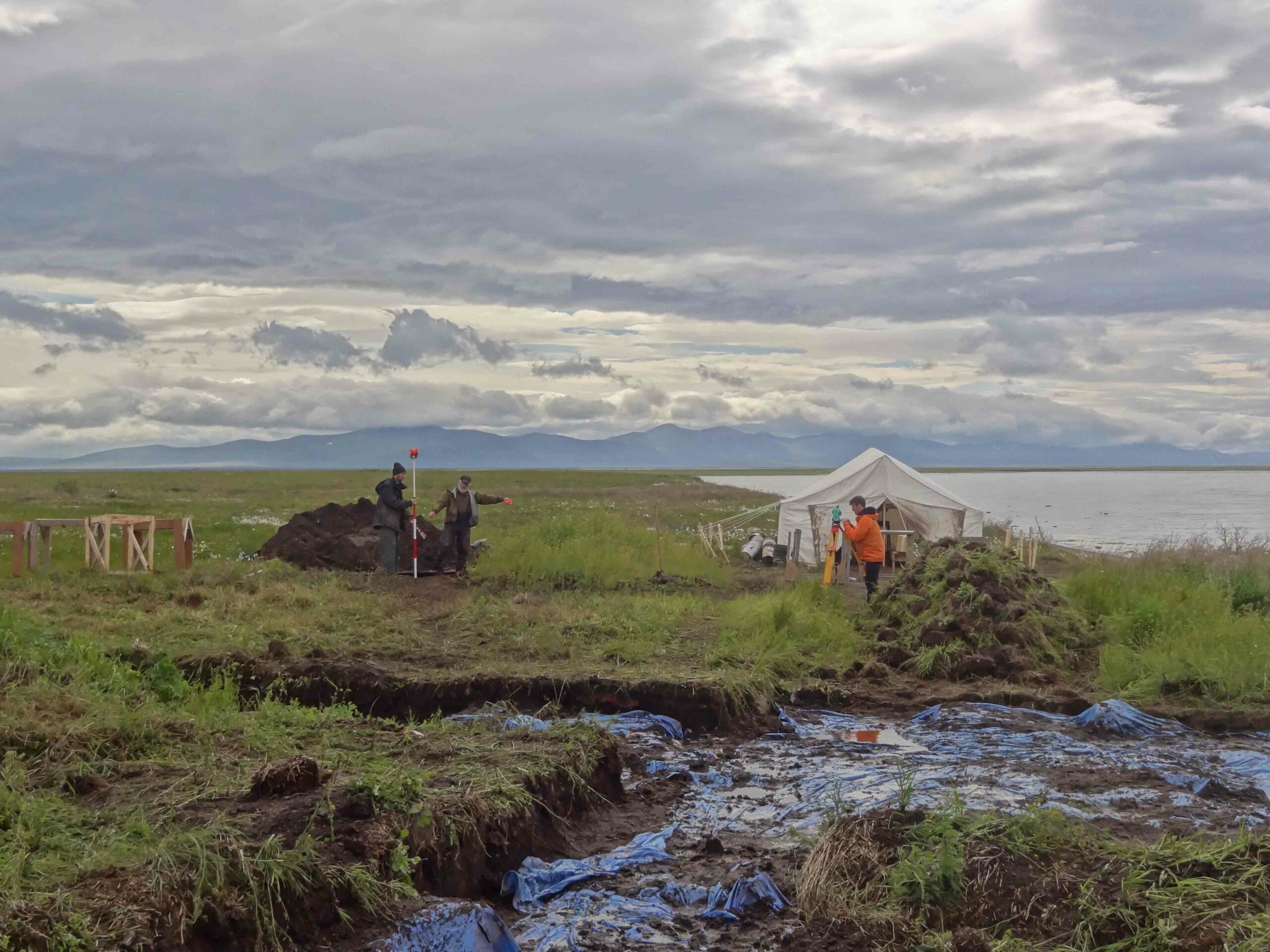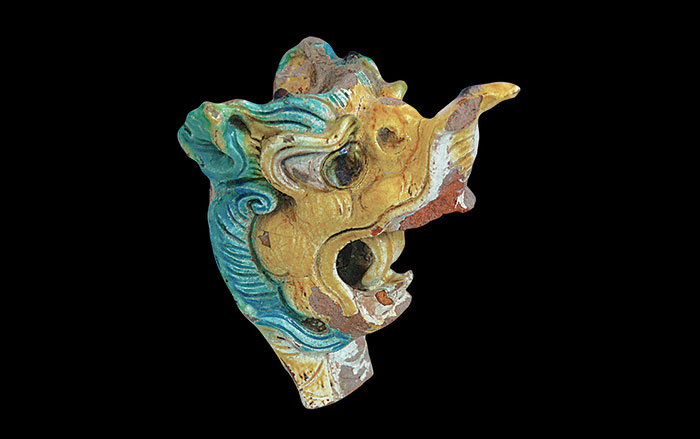
VIENNA, AUSTRIA—Researchers from the Department of Forensic Medicine and the Center for Anatomy and Cell Biology at the Medical University of Vienna identified congenital syphilis, which is passed from mother to child, in human skeletal remains from among the 9,000 burials in the cathedral square of St. Pölten, Austria. The burial dates to as early as A.D. 1320. “We found so-called Hutchinson’s teeth with central notches and converging edges and mulberry molars, which are characteristic signs of syphilis,” Karl Großschmidt and Fabian Kanz said in a press release. The diagnosis, made by examining thin sections of bones and teeth with a special light microscopy technique, will be confirmed with biochemical methods. It had been thought that syphilis spread through Europe in the late fifteenth century, after explorers made contact with the New World. To read about evidence of eighteenth-century treatments for diseases including syphilis, go to "Medicine on the High Seas."


